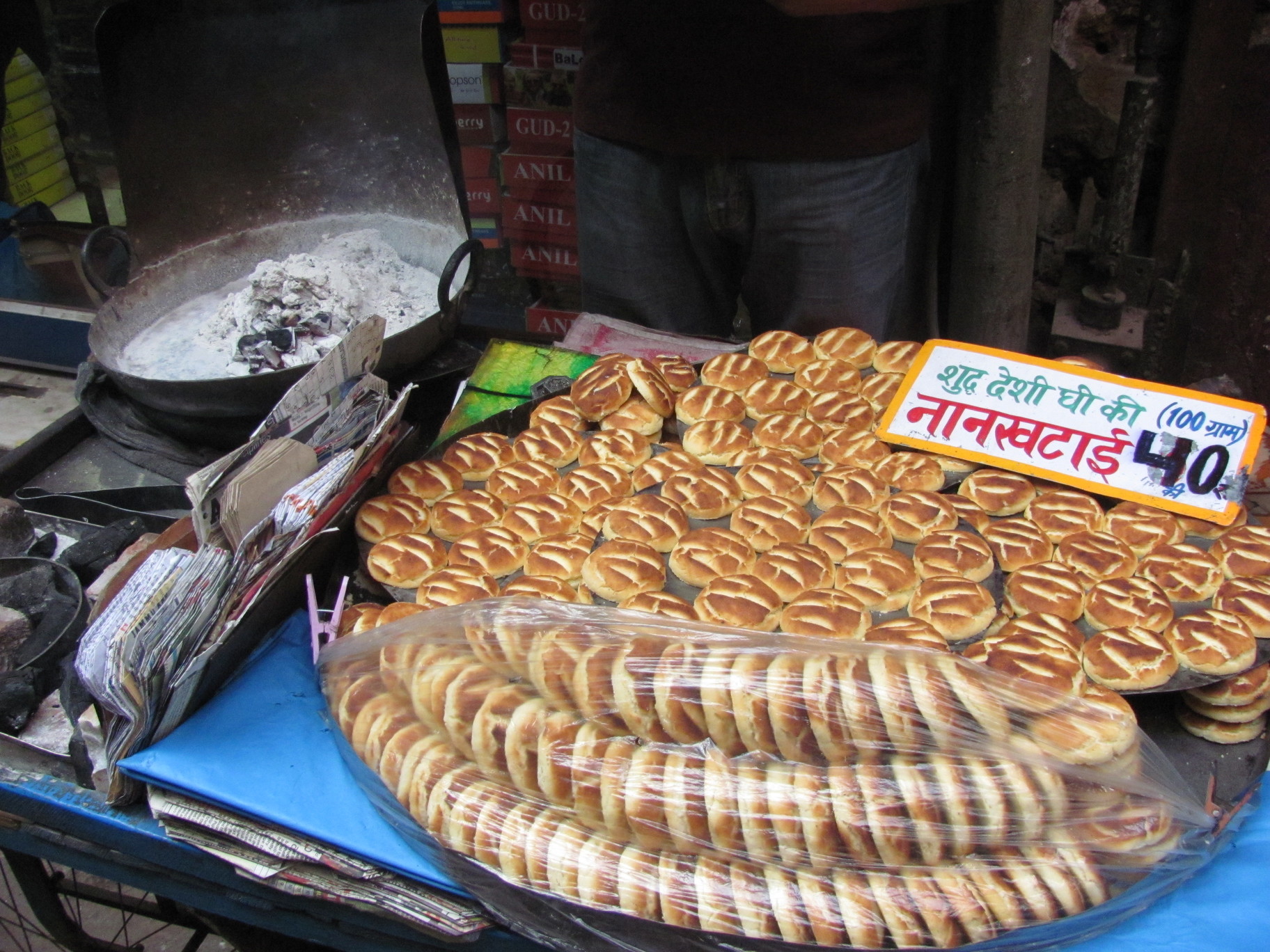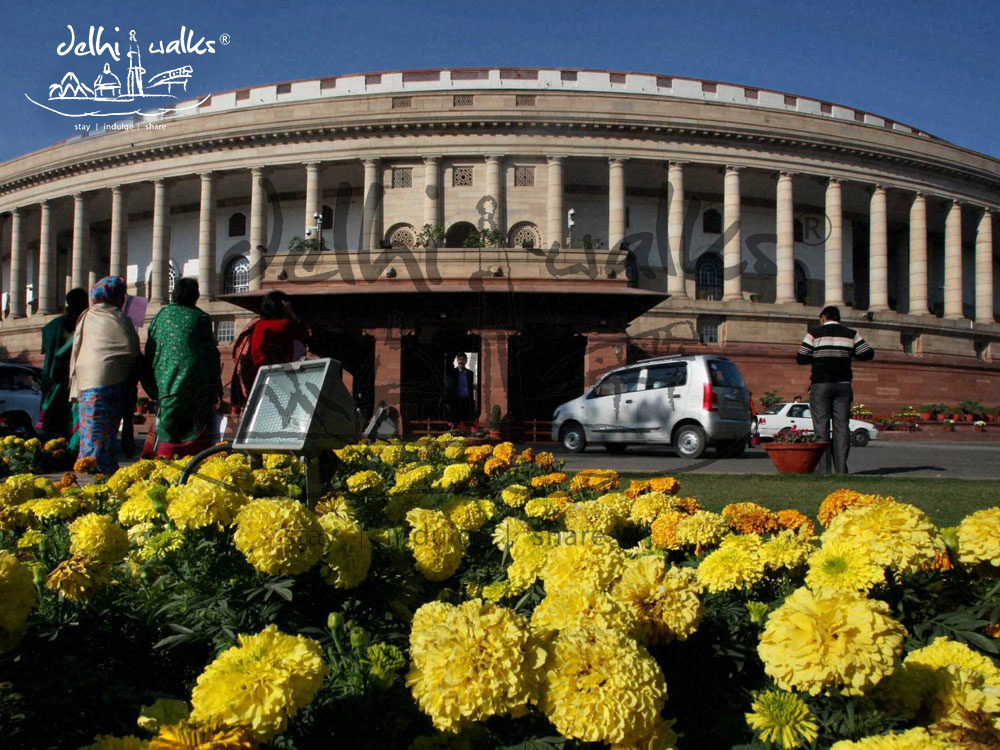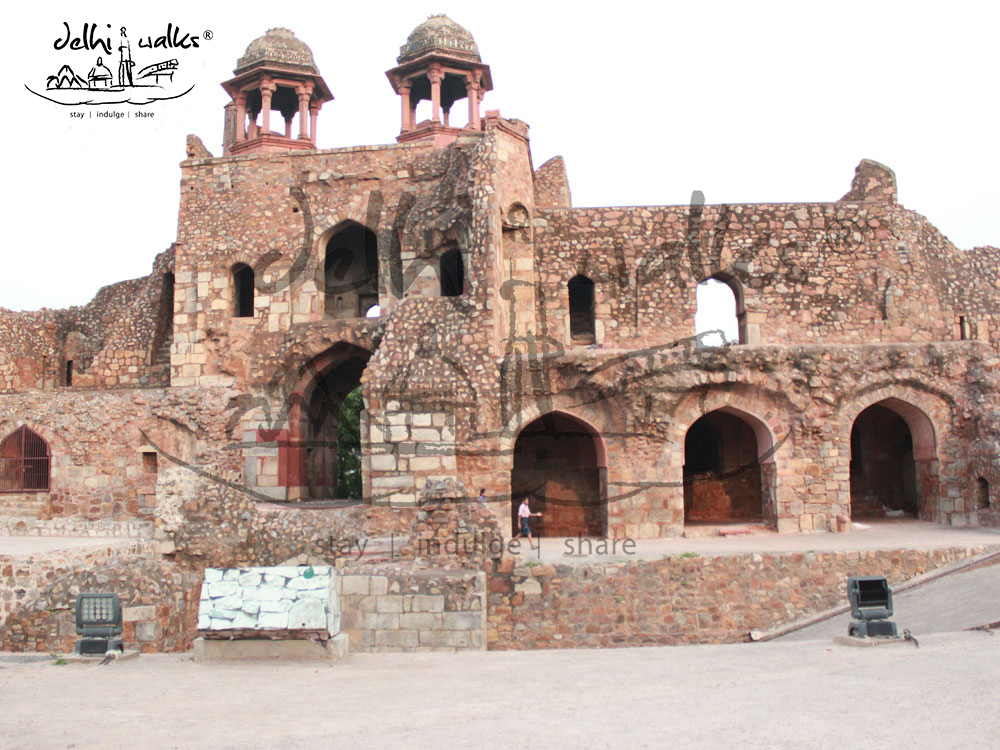Relics of our Imperial Past: A quaint walk through Civil Lines
A walk through the beautifully manicured streets of Civil lines are the only relics that are well preserved in the Northern part of the city. While the Mughal imperial city of Shahjahanabad, was the seat of the power till about mid 18th century, the British did not touch it, except organize the buildings to separate areas where the British military and the civilians were located. The areas which were consisting of civilian populations were demarcated as Civil Lines.
The British after overtaking the power from the Mughals, had commissioned the building of Civil lines or archaically known as White Towns, for the English civilians around the Indian Subcontinent. The towns which would have, silent broad roads, with manicured parks, colonnades resembling the one found in Great Britain. The milkman would ride a bicycle and give milk packets. The roads would resonate silence even in peak hours unlike how we were used to the chaos of Old Delhi. A way of making them not feel home away from home?
One of the most interesting buildings from the British Raj era is the Metcalfe House. A walk through the lanes of Civil Lines will lead you to a place where the administration and governance of the Indian Empire was conducted by nineteen Governor Generals. From Lord Canning to Lord Reading their offices were housed in the Old Secretariat building in Alipore Road, Bungalow no.1. This bungalow is now a major college of Delhi University, Indraprastha College for Women. But wait, the bill board reads Sham Nath Marg?
The erstwhile Alipore Road was the administrative hub, which still has the colonial architecture intact, until the last city of Delhi came into the picture. That was the time when they shifted their base to the Lutyen’s Delhi area by around 1930’s, the city which was the last in the league of building into the socio cultural heritage of Delhi.
Till Independence the major parts of civil lines were a part of the offices which housed British Army, the Post Master General and the Army Press. Post Independence, the place was reduced to Delhi’s metropolitan Council. The serene world of Colonial splendors of Civil Lines, with sparse populations, and arcades with British architecture donning both sides of the streets are an absolute delight to watch.
Take a short walk from the underground of the Civil Lines metro station towards the Maiden’s Hotel, it is then you will understand what British grandeur was! Supposedly the first ever modern Hotel constructed in Delhi, the Maiden’s hotel now taken up by the Oberoi’s and renamed as Oberoi’s Maidens is a reflection of beauty which is distilled with ordinariness. This was also the hotel which had greeted Prince of Wales, and organized the first ever grand ball, in English style. We are not less are we?
It is hard to imagine the Civil Lines of present times to resonate the same amount of silence, where you could cycle your way through the different lanes, while you have a good glance around! Today the roads are jam packed, with cars honking at each other, and men quarrelling over menial issues. Chai stalls feeding into the thirst of college going girls, it is no more a place which was known for its silence!







